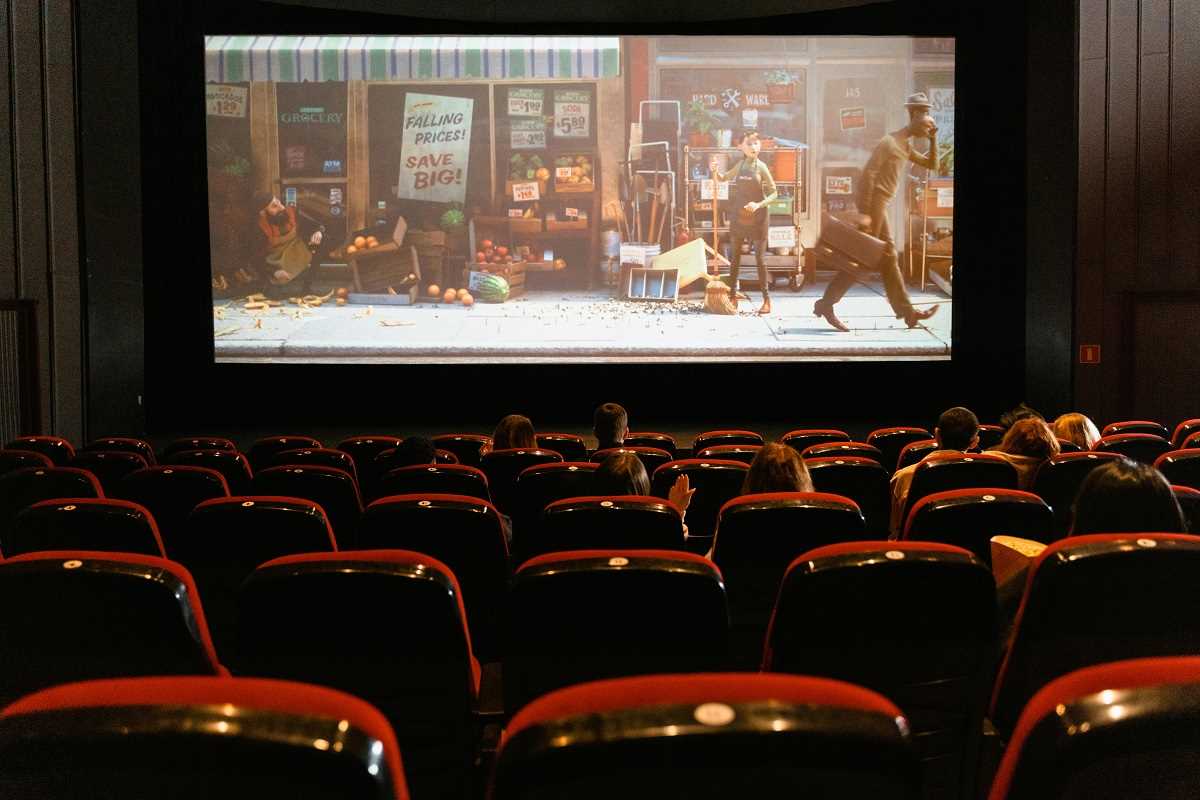Few things can match the magic of a dark theater, a giant screen, and the smell of fresh popcorn. For more than a century, movie theaters have been a go-to destination for entertainment and community. But lately, the silver screen isn’t shining quite as bright. Attendance is down, closures are up, and many people wonder if theaters will soon be a thing of the past. This doesn't have to be the final curtain call for cinemas. By addressing the reasons behind this decline, Hollywood and theater owners can work together to ensure the show doesn’t end. Let’s examine why theaters are struggling and explore the innovative steps needed for their resurgence.
Why Movie Theaters Are Struggling
The Rise of Streaming Platforms
Streaming services like Netflix, Disney+, and HBO Max have revolutionized how we watch movies. For a monthly fee, you get access to thousands of shows and films from the comfort of your couch. When the world shut down during the pandemic, streaming became even more essential. Studios quickly adapted by releasing their new titles directly to these platforms, skipping theaters altogether. While this kept audiences entertained at home, it raised a big question for many moviegoers: “Why go out and pay for a ticket when I can stream it here?”
Streaming offers unmatched convenience. With the click of a button, you can pause for snacks, rewind a scene, or even watch in pajamas. Compared to the sheer ease and affordability of streaming, heading out to a theater can feel like a hassle. These platforms keep costs lower. A Disney+ subscription, for example, can cost as little as $13.99 per month, far cheaper than buying tickets for an entire family.
Higher Costs for Theaters
Speaking of prices, the average U.S. movie ticket in 2025 costs $16.08. Factor in concessions like popcorn and drinks, and a night at the movies quickly adds up. For a family of four, it can easily surpass $60 before even considering parking or gas. It’s no wonder many consumers balk at these prices, especially when streaming platforms offer endless entertainment for less than a single ticket.
Theaters survive on these prices, though, especially concessions. Popcorn can cost five times its actual value, making people feel less inclined to buy. Unfortunately, without concessions, many cinemas struggle to make a profit. It’s a vicious cycle, and for some viewers, it pushes the overall experience into “not worth it” territory.
Limited Movie Variety
Another issue is the type of films showing in theaters. Blockbuster franchises like Marvel, DC, and Jurassic World dominate the screens. While these films are entertaining, the focus on these giant productions often leaves smaller, independent films in the dust. This lack of variety can alienate movie buffs seeking something off the beaten path. Indy dramas, documentaries, and foreign films often fight for space or skip theaters entirely to head straight for streaming.
Competition From Advanced Home Setups
Home theaters have transformed dramatically in recent years. Ultra-high-definition TVs, surround sound systems, and plush couches bring the cinema experience home. Without the distractions of noisy crowds or latecomers blocking your view, watching at home feels just as cinematic for some. Theaters have tried to adapt with upgrades like recliner seating, 4DX screenings, and gourmet concessions. But for many, these improvements aren’t enough to justify leaving the house and spending extra.
What Hollywood and Theaters Can Do to Fix It
Revolutionize the Movie-Going Experience
To bring audiences back, theaters need to offer experiences that can’t be replicated at home. This goes beyond adding fancier seats or upgraded sound. Imagine interactive screenings where the audience influences the storyline, or pairing movies with live Q&A sessions with filmmakers. Theaters could also organize themed nights for cult classics or fantasy epics, where fans come dressed as their favorite characters.
Social experiences hold immense potential. For example, hosting trivia nights or fan meetups tied to new releases would create a sense of community and uniqueness. Watching a big Marvel showdown is great on your couch, but nothing beats the energy of a packed theater erupting into applause during the hero’s victory.
Make the Experience More Affordable
The cost of a movie night remains one of the biggest barriers, and theaters must confront this. Introducing more affordable options, like discounted weekday tickets or family passes, could make a night out more appealing. Loyalty programs, similar to AMC’s successful Stubs A-List, are an excellent blueprint. This subscription model, costing $19.95 to $23.95 a month depending on location, allows members to watch up to three movies per week in all premium formats (including IMAX). With 2.8 average visits per month and increased spending on food and beverages, it’s proof that subscription programs can engage audiences while benefiting theaters.
Theaters could rework concession pricing to be more reasonable or offer bundled deals for families. Lower prices would make customers more willing to indulge, which could, paradoxically, boost overall revenue.
Diversify Movie Offerings
Hollywood needs to broaden the type of films reaching theaters. Independent filmmakers, foreign filmmakers, and diverse voices often miss the chance for a big-screen debut. By allocating space to smaller productions, theaters can attract niche audiences. Reviving older classics for limited screenings may also draw nostalgic crowds or younger viewers who missed the chance to see them on the big screen.
Currently, franchises dominate the box office, but indie films can excel when given breathing room. A showing of Pulp Fiction or 2001: A Space Odyssey offers something fundamentally different from a summer superhero marathon.
Build Bridges With Streaming Platforms
Rather than treating streaming platforms as competition, collaboration could open new doors. Theaters and streaming companies could work out deals where buying a movie ticket comes with a code for a discounted digital rental at home later. Such hybrid models can give people flexibility while encouraging them to keep theaters as part of their entertainment routine.
Exclusive content could also entice fans to attend. Imagine if theaters offered alternate endings, extended footage, or behind-the-scenes glimpses that cannot be experienced on streaming.
A Stronger Local Touch
Big chains could take cues from independent or art house cinemas, which foster community-driven experiences. By spotlighting local filmmakers or hosting film festivals, theaters can connect with smaller yet highly dedicated audiences. Art houses thrive because they make every trip feel personal, so larger theater chains exploring hyper-local content and events might find similar success.
Why It Matters
Movie theaters are woven into our cultural fabric. They’re where friends laugh together over comedies or families gasp in suspenseful moments. Losing this communal experience would leave a void that home streaming simply can’t fill. For filmmakers, theaters still represent a vital platform to connect directly with viewers. Smaller productions especially struggle to cut through the streaming clutter without a theatrical run.
Economically, theaters anchor shopping malls and entertainment districts, serving as hubs for local spending. Without them, surrounding businesses would likely face significant declines.
There’s still a place for the roar of a packed audience, the shared gasps during climactic scenes, and the collective adventure of seeing a story unfold on the big screen. But it’ll require bold innovation and a willingness to adapt to modern preferences.
 (Image via
(Image via





